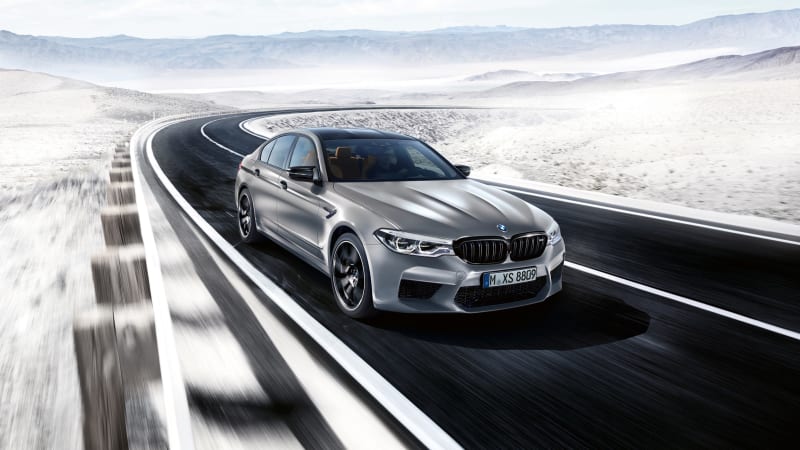Audi Repair Shop Doylestown
Call 267 279 9477 to schedule a appointment

The current-generation BMW M5 packs about twice the second-generation model‘s horsepower. It has gotten so powerful that engineers needed to make it all-wheel-drive to keep the cavalry in check. And yet, the head of BMW’s M division announced power levels will continue to increase across the board in the coming years.
“Power is nothing without control, right? There isn’t something with too much power, it’s just a question of how you tune in and hone into a car [sic], and how you make it accessible,” said Markus Flasch, BMW M’s outspoken boss, in an interview with Australian website Which Car.
He added the idea of a 617-horsepower sedan like the M5 (pictured) sounded downright scary 10 or 15 years ago. In 2020, he’d feel comfortable putting his mother behind the wheel of the big sedan and sending her on a run to the grocery store in the middle of winter. Chassis tuning has improved considerably over the last decade or so and technology has gotten much better. The days of starting in second gear in order to get moving on a snowy road are over (yes, that’s experience speaking — in a 183-horsepower, 1988 Alfa Romeo Milano Verde).
We’ll add that, contrary to popular belief, the extra power isn’t merely offsetting additional weight. The M5 has inevitably gotten bigger and heavier over time, but its power-to-weight ratio has improved. The aforementioned E34-generation model tipped the scale at about 3,847 pounds, so each horsepower developed by its punchy, 3.5-liter straight-six had about 12 pounds to move around. In contrast, the current M5 weighs 4,370 pounds; every horsepower its screaming, twin-turbocharged V8 churns out has approximately seven pounds to pull.
“It’s all a question of how you incorporate [horsepower] into a package that makes it accessible for everyone, and this is what M has always been brilliant in. Don’t expect a power limit,” he stated. M’s on-again, off-again standalone sports car has allegedly been canceled, but the sub-brand isn’t done taking all-you-can-eat turns at the horsepower counter. That’s good news for enthusiasts, because it has several new models in the pipeline including its biggest SUV to date and a mid-range version of the next-generation 4 Series.
Flasch also explained why BMW hasn’t consigned the manual transmission to the automotive attic yet.
“For me, a manual transmission is not an entry proposition anymore. It used to be the entry transmission, and then on top of it you had the automatic or the semi-automatic. Today, a manual is for the enthusiast; for someone who wears a mechanical watch. We made a conscious decision to offer a manual [in the M3 and M4] and the one single market who pushed for that was the United States,” he explained, ending years of rumors and speculation.
The next-generation M3 and M4 are scheduled to enter production in late 2020, so they’ll arrive in showrooms in early 2021. They’ll be followed by the second-generation 2 Series, which will again spawn M’s nimblest and most accessible car. We don’t know what its specifications sheet will look like yet, but it sounds like it’s in good hands.
Related Video:
from Autoblog https://ift.tt/2W3g9ZH
